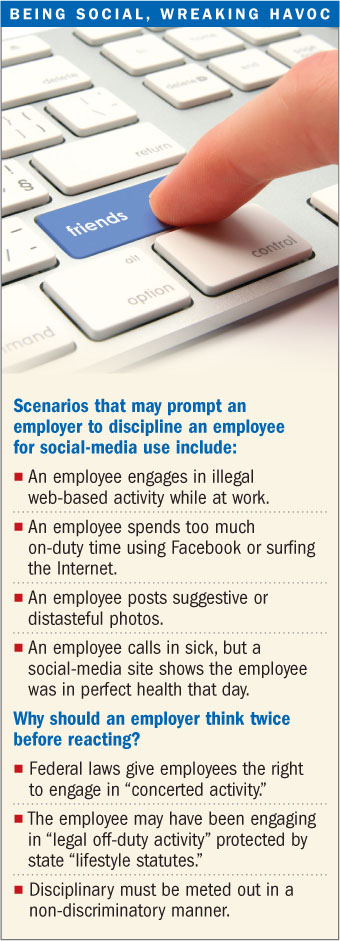The use of social-media sites—Facebook, YouTube, Twitter—has surged at a record-breaking pace over the past few years, and they are now used by employees and employers in almost every workplace—a development that has opened new vehicles for harassment, discrimination and employment-related defamation.
While most activity is productive, employees may intentionally or inadvertently use social media—whether on the job or at home—in a way that poses risks for their employers.
 Likewise, an employer's use of social media in the hiring and screening process can create significant risk for an organization if it is alleged that the employer relied upon prohibited information in the selection process.
Likewise, an employer's use of social media in the hiring and screening process can create significant risk for an organization if it is alleged that the employer relied upon prohibited information in the selection process.
Recommended For You
Want to continue reading?
Become a Free PropertyCasualty360 Digital Reader
Your access to unlimited PropertyCasualty360 content isn’t changing.
Once you are an ALM digital member, you’ll receive:
- Breaking insurance news and analysis, on-site and via our newsletters and custom alerts
- Weekly Insurance Speak podcast featuring exclusive interviews with industry leaders
- Educational webcasts, white papers, and ebooks from industry thought leaders
- Critical converage of the employee benefits and financial advisory markets on our other ALM sites, BenefitsPRO and ThinkAdvisor
Already have an account? Sign In Now
© 2025 ALM Global, LLC, All Rights Reserved. Request academic re-use from www.copyright.com. All other uses, submit a request to [email protected]. For more information visit Asset & Logo Licensing.








